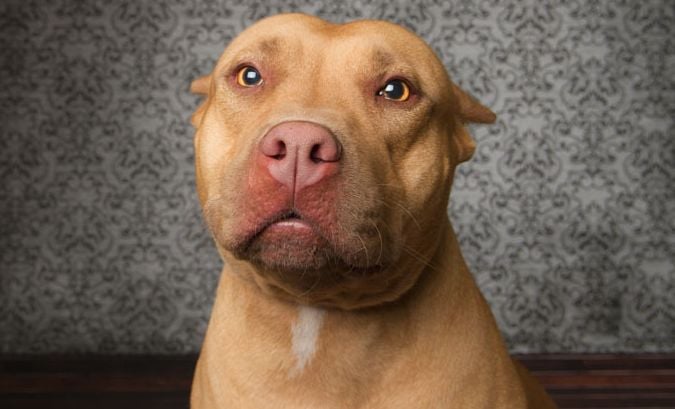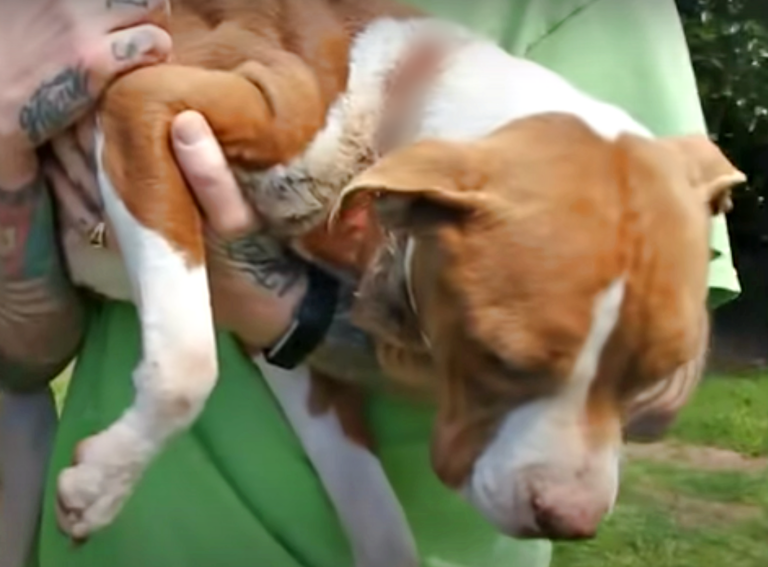15 Breeds That Should Never Be Left Alone Too Long

Dogs thrive on companionship, but some breeds simply cannot stand being left alone. Highly social and emotionally sensitive, these dogs need near-constant interaction to stay happy and avoid stress-related behaviors. If you’re considering a companion, knowing which breeds struggle with solitude can help you make an informed decision.
Labrador Retriever

A Labrador Retriever isn’t built for loneliness. These affectionate dogs expect companionship, and isolation leaves them unsettled. If boredom sets in, they may turn to destructive habits, gnawing on furniture or making escape attempts in search of something—anything—to do.
Golden Retriever

This breed does not just see you as an owner—it sees you as family. Golden Retrievers become deeply attached and can experience emotional distress when left alone. Their need for affection makes them prone to separation anxiety.
Cavalier King Charles Spaniel

Designed for companionship, this breed thrives on human closeness. Extended solitude confuses them, leading to whimpering or anxious pacing. A lack of human touch makes them feel incomplete, and they often seek comfort in soft objects or blankets.
Poodle

Smart dogs need stimulation and Poodles—whether Standard, Miniature, or Toy—are among the most intelligent breeds. Boredom sets in fast, leading to creative mischief. They thrive in active households where mental challenges never stop.
Border Collie

A Border Collie doesn’t just hate being alone—it hates having nothing to do. Bred for herding, this highly intelligent breed needs constant engagement. Without tasks, they invent their own, which could mean rounding up children and herding the furniture.
Beagle

Beagles do not sulk when left alone; they look for ways to escape. Their pack mentality makes solitude unbearable, and their curious noses lead them straight into trouble. If not provided with a company, they’ll find their own, whether that’s the neighbor’s dog or a squirrel in the next county.
Australian Shepherd

Work isn’t an option for an Australian Shepherd—it’s a necessity. Their drive to herd, assist, and problem-solve makes idle time frustrating. Without enough mental stimulation, they may attempt to “herd” family members or bark insistently to demand engagement.
Boxers

Boxers don’t do well with boredom. Their boundless energy needs direction, and without it, they turn restless. Long hours alone lead to frantic bursts of movement, often bouncing off furniture or excitedly swarming their owners the moment they walk through the door.
Papillon

Social to the core, the Papillon craves companionship. Without regular interaction, they struggle to stay content. Some express their frustration through constant barking, while others resort to mischief, turning loneliness into an opportunity for destruction.
French Bulldog

Despite their sturdy build, they have fragile emotions. They thrive on routine and close human interaction. Leave them alone frequently, and they become sullen, refusing to play or engage. Some Frenchies will act out destructively, and others may simply stare longingly at the door, waiting.
Cocker Spaniel

Soft-hearted and affectionate, Cocker Spaniels love their people deeply. Being left alone too often makes them insecure. When reunited, they greet their owners with overwhelming joy, as if every absence—no matter how brief—felt like an eternity.
Shetland Sheepdog

This observant breed is always aware of its surroundings, including when someone is missing. Shelties bond so deeply that they struggle with long absences. Suppose isolation lasts too long; their anxious barking alerts the entire neighborhood of their distress.
Havanese

Bred for companionship, Havanese dogs believe every event needs their presence. Whether it’s a conversation, a meal, or a nap, they want to be involved. Isolation feels unnatural to them, leading to behaviors like circling rooms or refusing to settle until their people return.
Italian Greyhound

For Italian Greyhounds, isolation is more than just an inconvenience—it’s deeply unsettling. Their nervous nature makes them prone to trembling, a reaction not only to the cold but also to stress. Without companionship, they tend to shrink into themselves, waiting for reassurance.
Bichon Frise

To a Bichon Frise, life is meant to be joyful and social. Being alone feels unnatural, leading to dramatic responses like spinning in circles, barking insistently, or finding creative ways to entertain themselves. Owners who work from home or have multiple pets suit them best.






